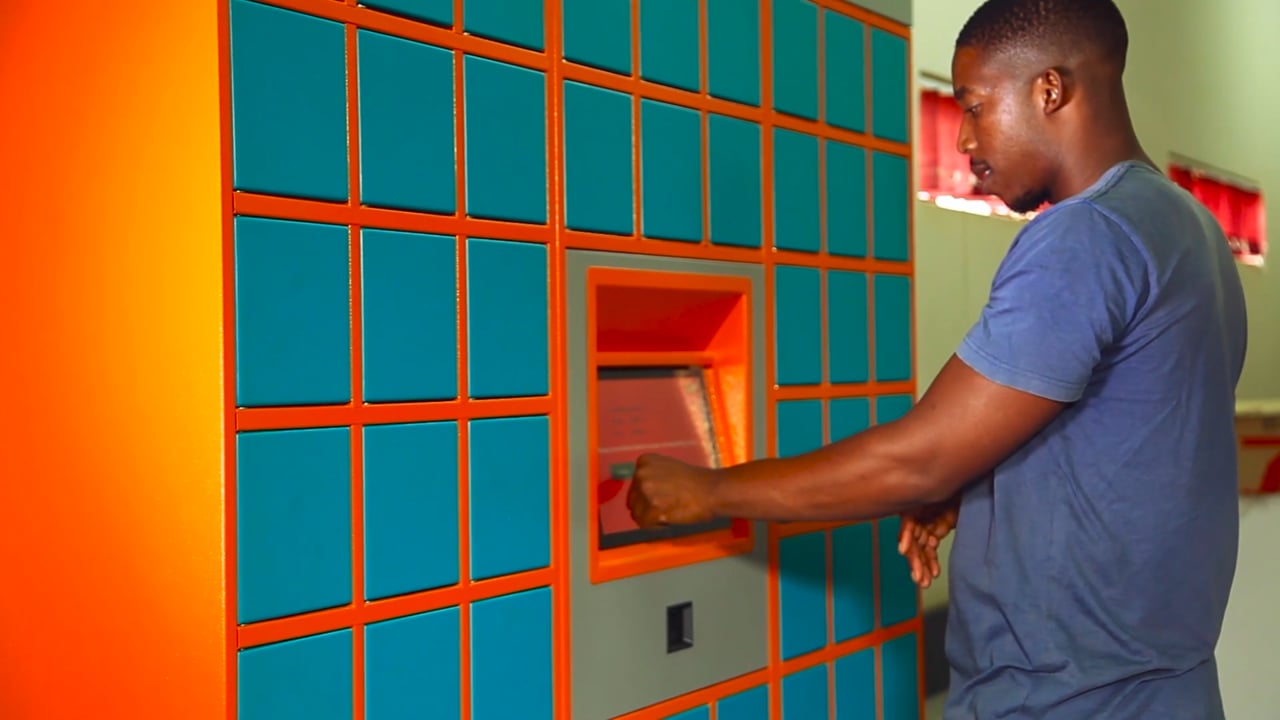Other than chess and, say, boxing, few passions seem more disparate than architecture and hip hop. One is the highbrow study of designing skyscrapers and major public buildings, while the other is a musical genre that has long been associated with money, drugs and violence.
While obviously an offensive and reductive understanding of both disciplines — ignoring hip hop’s connection to poetry, classical music and jazz, and architecture’s relationship to social housing and community life — this position misses something key. At their heart, both architecture and hip hop offer critique on and refuge from the environment people find themselves in.
One person who has always understood this connection — particularly the link between where people live and what they end up doing with their lives — is architect Michael Ford, the creator of the phenomenally successful Hip Hop Architecture Academy.
“Hip hop has always been the voice of the voiceless,” he said in a video for OWN, Oprah Winfrey’s TV channel. “In architecture, less than 3% of professionals are African American.
“This put me in a position where the voice of the voiceless became that much more important.”
His response? A series of free, one-week intensive courses that use the language, flow and structure of hip hop to introduce under-represented youth to architecture, urban planning, creative placemaking and economic development. Kids at the academy learn through music as they play with 3D modelling techniques and are inspired to “think critically and dream fearlessly” about the neighbourhoods and communities they live in.
“What we’re trying to do is expose architecture to kids as young as possible, through a medium they already enjoy,” Ford said, adding kids on the course work with urban planners, community activists and hip hop artists.
It seems to be working: Grist reports that 1,200 kids have been introduced to urban design through their favourite beats. Videos from the sessions show kids bursting with excitement, rapping to camera about the benefits of positivity and social change as they surround themselves with digital and physical models of the worlds they live in.
And it’s based on good educational principles: people learn best when they’re having fun. Even better if they forget they’re learning at all. That’s why initiatives like Duolingo, the ‘gamified’ mobile application for learning a second language, and imagiCharm, the soon-to-be-released fashion accessory teaching young girls how to code, have proved so popular.
“Most architects have legacy projects, and for me, I don’t see it as one building that’s gonna define my career,” Ford added in the video. “My legacy is arming the community to dream — and hopefully creating an entire populace of hip hop architects.”
There’s no reason why the charismatic architect shouldn’t be successful. After all, chess and boxing have been combined in a new sport – – chess boxing – – with an almost unstoppable appeal.
